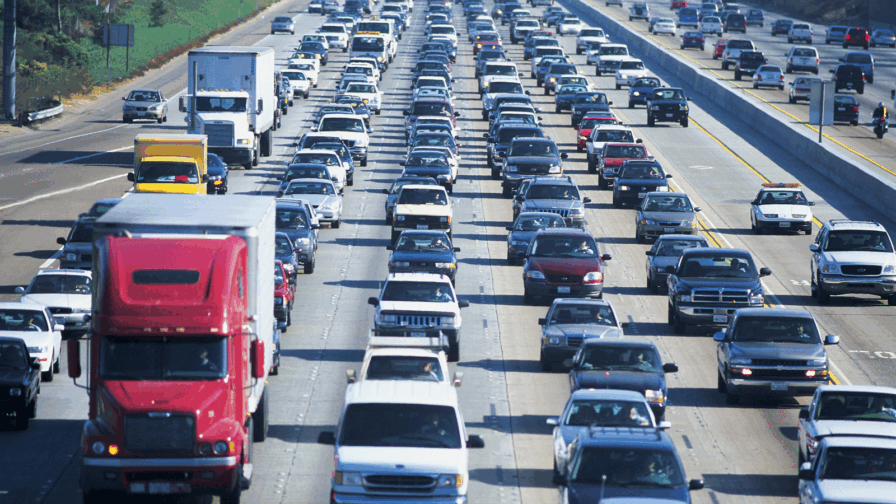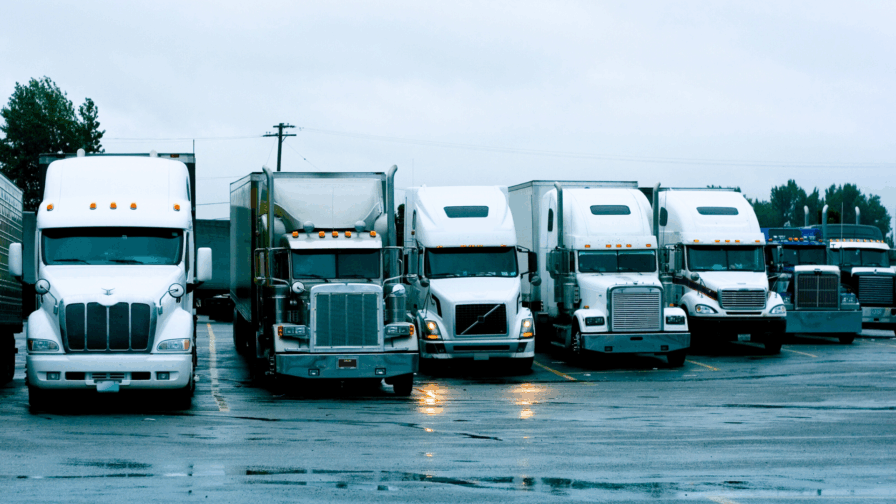The Good, the Bad, the ELD Mandate

The Good, The Bad, The ELD Mandate
The trucking industry is about to change. The government has approved a new regulation: all truckers will be required by law to use electronic logging devices (ELDs) to record a driver’s driving time and hours-of-service (HOS) records, as opposed to paper logbooks, starting December 18, 2017.
THE GOOD
The ELD mandate is intended to bring accountability and compliance to the trucking industry. The hope is that ELDs will create a safer work environment for drivers, and make it easier and faster to accurately track, manage, and share records of duty status (RODS) data. Previously, drivers could use paper logbooks or other recording devices to track their hours, but when the rule goes into effect, carriers will only be allowed to use compliant ELDs. The new ELD’s were designed in an effort to streamline and modernize the HOS and/or paper logbooks currently in use.
Most of the major industry interest groups generally support the mandate.
After all, fatigued driving was a contributing factor in more than 12% of the 129,120 total crashes that involved large trucks or buses in 2012. According to even more recent information from the National Highway Safety Administration, drowsy driving caused 72,000 accidents and 44,000 injuries in a recent year. It has even been estimated that up to 6,000 deaths are caused each year by drowsy drivers. Commercial drivers are among those who are most likely to fall asleep behind the wheel. Given this correlation, it is clear that keeping drivers well-rested and alert is essential to avoid the significant direct and indirect costs associated with these types of accidents.
In an effort to reduce driver fatigue, the Federal Motor Carrier Safety Administration (FMCSA) introduced Hours of Service (HOS) regulations that restrict the amount of time drivers can spend behind the wheel. These regulations first went into effect decades ago, but have been revised and studied repeatedly since the mid-1990’s. The pending electronic logging device (ELD) mandate is a continuation of FMCSA’s efforts to make the roads safer.
The FMCSA believes the new ELD mandate will eliminate 1,844 truck-related accidents per year, saving at least 26 lives and preventing approximately 560 injuries. The rule also stands to force those drivers and carriers that make a living breaking the rules off the road.However, not everyone thinks the ELD Mandate is a good or fair idea. In fact the new regulation has caused quite a stir in the transportation arena.
THE BAD
The Owner Operator Independent Driver’s Association (OOIDA) has challenged the legal, constitutional, and technical foundations of the mandate. They also contend that the FMCSA’s cost-benefit analysis is deficient. It said the analysis does not address the question of who should bear the cost of ELDs, and it contains no credible data on the relationship between ELDs and hours-of-service compliance.
The biggest concern surrounding ELDs is that they may force a decrease in driving hours and thus hurt productivity. The ELD will not give them the authority to decide when they can take breaks or not drive through inclement weather. These concerns may be valid, especially given that there is already a shortage of qualified commercial drivers in many areas. If the existing drivers are held to extremely strict regulations, the industry as a whole could suffer. Eventually, the FMCSA may have to revisit the mandate and adjust it to strike a balance between safety and productivity.
Overall, it is very difficult to project exactly how the new ELD mandate will pan out once the regulation goes into effect. Many truckers have already abandoned paper logs in favor of ELDs because of the safety advantages they offer. For smaller companies who have not yet adopted the ELD program due to expense, according to one estimate, using an ELD will cost an average of about $500/truck extra per year. Many smartphones and tablets can even be used as ELDs, reducing the need to buy new equipment.
The impact of electronic logging devices on the trucking industry will become much clearer after the mandate goes into effect on December 18th.
ELD proponents say the mandate will:
- save drivers precious time that they no longer have to enter data into paper logs,
increasing efficiency and saving wasted time. - increase dispatch efficiency by allowing fleets to better plan out their loads and
deliveries. - decrease fuel costs by reducing trucks downtime and lowering crash rates all translates
into more money for companies and drivers. - assist in additional regulatory compliance, such as driver vehicle inspection reports, etc.
- keep accurate logs of how long drivers are behind the wheel, how fast they’re moving,
and when they’re stopped and waiting to load or go through a weigh station - provide drivers with records and data and supply evidence of long loading or traffic
delays - provide faster compliance checks
- generate faster, more accurate paychecks
- provide some peace of mind for drivers’ families due to the GPS trackers
ELD opponents argue the following:
- The ELD actually produces a decrease in productivity, cutting down the number of miles
traveled, and essentially increasing spending through the necessity to add more drivers
to haul freight. - Small firms are at a disadvantage, and the new regulations will make it difficult for them
to afford the new devices and continue to pay for their other expenses. - Drivers are opposed to being micromanaged and having their every movement tracked
electronically. - The safety improvements are all just projected.
- The Owner-Operator Independent Drivers Association feels that their Fourth Amendment
Rights are being jeopardized, and see the ELD ruling as unconstitutional. - Paper logs are much cheaper and the initial outlay of funds to install these electronic
logging devices in trucks is high, especially in a large fleet to be compliant with the ELD
mandate. - There is a Learning curve for Electronic Logging Devices. Since technology is involved,
there will be a learning curve for professional truck drivers, dispatchers, fleet operators,
and enforcement personnel. Costly and time-consuming training sessions may be
required. - Loss of privacy: The devices use GPS tracking, so drivers could feel that their every
move is being logged and watched by enforcement personnel and fleet operators. While
on duty, the devices track within a one-mile radius, and while off duty, they track within a
10-mile radius.







